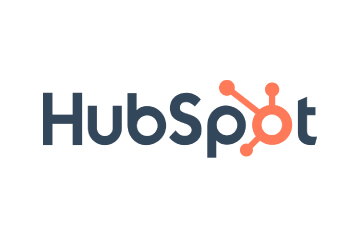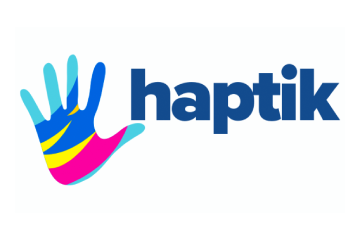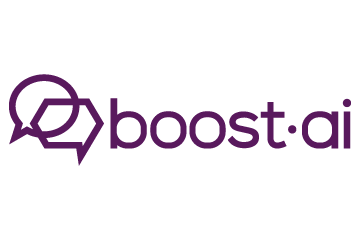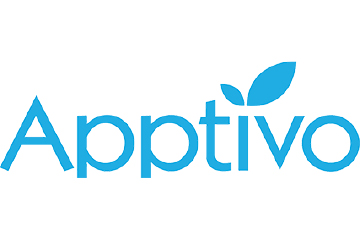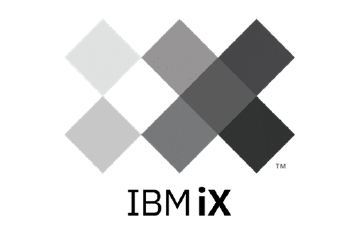The 2025 Transition from AI Black Box to Glass Box
Simon Kriss, Author of The AI Empowered Customer Experience gets candid about artificial intelligence models, and its role in augmenting humans...
Topics
What to Read Next
- Teads Partners with XPLN.AI to Advance Attention Measurement
- Factory Berlin, All Voice AI Launch Real-Time Voice Monetisation Platform
- Continua Adds Amazon, Google, Instagram, & TikTok Shopping to Social AI
- Airtory, CultureSync Media Partner to Deliver Rich Media Advertising
- VuePlanner Integrates Sundogs’ Creative Insights into CreativeVue

“By mid-2025 we will see a large push by company boards, executives and procurement teams to move AI from ‘black box’ to ‘glass box’. Some of the foundation models have already started to publish System Cards so you can understand where the model came from, how it was trained and who trained it as well as identifying known bias limits – thus you can compensate in your application design or use case,” says Simon Kriss, Author of The AI Empowered Customer Experience and Chief AI Officer at simonkriss.ai.
Simon, with over 40 years in customer experience, began as a telemarketer and frontline worker at Telstra. He has since managed CX operations for major brands like Cathay Pacific, Expedia, and HSBC. Simon’s fascination with human behaviour keeps drawing him back to CX, where he continues to explore what drives people. He is currently working on his next book, The AI Empowered Company Board.
AI will soon become a non-negotiable demand from customers, especially from Gen A, adds Simon. From absurd hyper-realistic AI scenarios to strong statements about AI significance, Simon shares his insights and offers his perspective on the future of the technology. According to him, while genAI deserves the hype, traditional AI, machine learning and RPA are all still valid technologies.
Excerpts from the interview:
What do you envision as the most significant changes in customer experience over the next decade?
Clearly, AI will have the biggest impact but not in the way most people think. I believe it will become a customer demand. In the same way that WhatsApp for business is now being demanded by Gen Y and Gen Z, AI will become a demand of Gen A.
We will need to shift from resting on our IQ, to polishing our skills in EQ and even more LQ (Learning Quotient).
What are the potential pitfalls of relying heavily on AI for personalisation, and how can they be mitigated?
I don’t believe there are pitfalls. The term Mass Personalisation has been around for many years, however, it has always just meant that we treat homogenised groups of customers a certain way.
AI will break through Mass Personalisation and head into Mass Individualisation. That is, beyond understanding what products you have or what buying journey you like. We will also understand what channels you use and how you like to be dealt with in that channel (light- hearted in chat, but serious in voice).
Just envision a future where you call your bank, it recognises it is you (by accessing saliva sensors in the microphone and camera) and then you hear an AI agent that you designed – male or female, ethnicity, language, 100% individualised.
Now back to the question – There are risks with AI, but all of these are manageable through sound human-centred design principles and testing.
What steps can be taken to prevent bias in AI algorithms used for customer experience management?
Bias in AI models cannot be avoided. I am yet to find a model that does not have some level of bias. The trick is to be aware of the bias and understand how to work with it.
Some use cases will not be affected by bias (eg: explaining the best next step in a card application process that does not identify the user) while others will be critically impacted by bias (eg: bulk recruitment automation).
It is my hope that by mid 2025 we will see a large push by company boards, executives and procurement teams to move AI from ‘black box’ to ‘glass box’. Some of the foundation models have already started to publish System Cards so you can understand where the model came from, how it was trained and who trained it as well as identifying known bias limits – thus you can compensate in your application design or use case.
If you suspect that bias might play a part in the outcome of your AI application, then put a human in the loop for the first 90 days and then randomly every 30 days or so.
What are some innovative ways companies can blend AI-driven automation with human empathy in customer service?
The answer is not “can blend”, the answer is “must blend”. Some very simple processes or questions can be automated (eg: where is the nearest store, is there stock of this item), however complex use cases will always need humans.
AI is not designed to automate humans, it is designed to augment humans. Just think about Ironman! He is an ordinary human until he gets in his suit and his AI assistant, Jarvis, makes him a superhero. It is the same in CX (if you do it right).
Also, remember that AI can feign empathy, but it cannot understand it. When you tell another human that your child broke their leg, the person hearing that tends to get a physical response – we feel it. AI does not, it has just learned to say something like “I am so sorry to hear that.”
We will always need humans to understand other humans and the way we all communicate (which is often rather illogical).
What are your thoughts on GenAI? How do you see it grow and enhance CX?
GenAI is the subject of all the hype, and in my opinion, it is well-deserved. GenAI is set to radically change CX more than any previous technology.
Consider traditional Conversational AI based on RNN (recurrent neural networks) chatbots. These bots always feel clunky and odd. Why? Because that technology is designed to carry out discrete pieces of work – ask one question, get one answer, then ask another question and get another answer. GenAI is not designed this way, it is designed to be contextual and therefore considers all of the prior questions and answers in forming its response. This is far closer to how humans communicate – we use shortcuts in our speech all the time.
If you are in CX, you need to understand the role that genAI will play in your world. While you are at it, you should also understand where Traditional AI, Machine Learning, and RPA play—because they are all still valid technologies.












